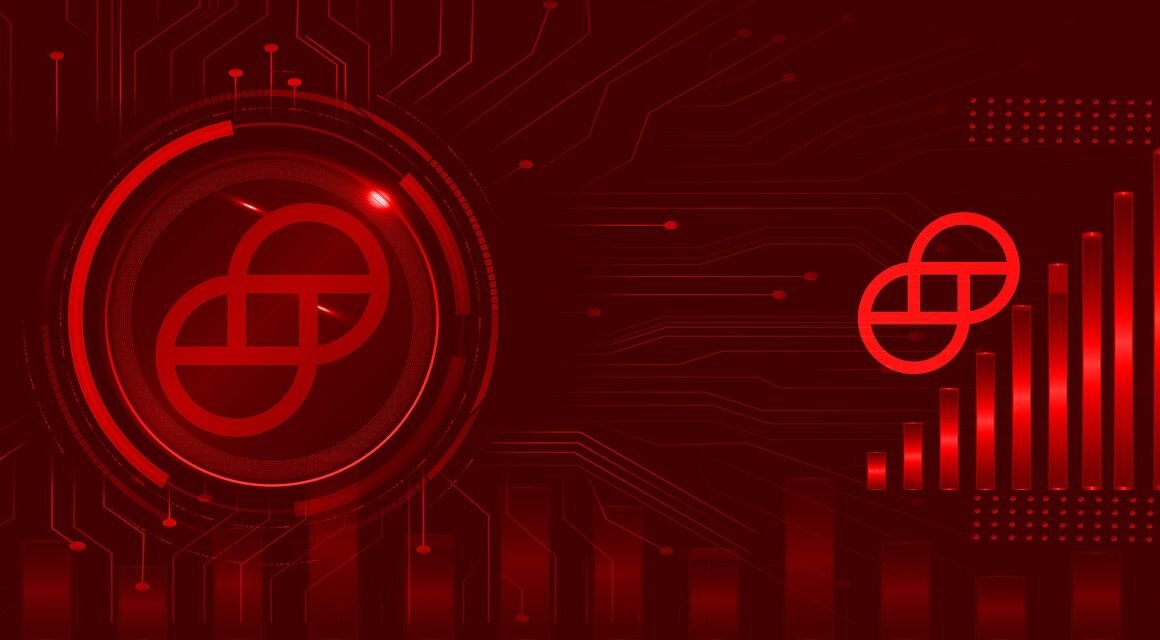The blockchain revolution has brought with it a whole new lexicon of terms and concepts, and at the heart of it all lies the crucial concept of consensus mechanisms. These algorithms are the unsung heroes ensuring the security, integrity, and trustworthiness of decentralized systems. Understanding how they work is paramount for anyone looking to navigate the world of cryptocurrencies, decentralized finance (DeFi), and beyond. This article will dive deep into consensus mechanisms, exploring their various types, benefits, and practical applications.
What are Consensus Mechanisms?
Defining Consensus in a Decentralized World
In a traditional centralized system, a single authority verifies and validates transactions. However, in a decentralized network, there’s no central figure to trust. This is where consensus mechanisms come in. They are algorithms that allow a distributed network to agree on the validity of data and transactions, ensuring that all participants are on the same page without needing a central authority. Think of it as a digital form of collective agreement.
Why are Consensus Mechanisms Necessary?
Consensus mechanisms solve the “Byzantine Generals Problem,” a computer science dilemma where actors in a distributed system must agree on a single strategy, even when some actors are unreliable or malicious. Without a robust consensus mechanism, a blockchain could be vulnerable to:
- Double-spending: Spending the same digital currency twice.
- Data tampering: Altering transaction records to benefit malicious actors.
- Network forks: Creating conflicting versions of the blockchain.
By implementing a strong consensus mechanism, blockchain networks maintain security and trust, even when faced with potentially untrustworthy participants.
Types of Consensus Mechanisms
Proof-of-Work (PoW)
PoW was the first consensus mechanism and is famously used by Bitcoin. It involves “miners” competing to solve complex cryptographic puzzles. The first miner to solve the puzzle gets to add the next block of transactions to the blockchain and is rewarded with cryptocurrency.
- How it Works: Miners expend significant computational power (proof of work) to solve the puzzle. This computational cost makes it economically infeasible for attackers to rewrite the blockchain’s history.
- Pros: Highly secure, proven track record (especially with Bitcoin).
- Cons: Energy-intensive, slow transaction speeds, susceptible to 51% attacks (although unlikely for established blockchains).
Example: Bitcoin uses SHA-256 hashing algorithm in its Proof-of-Work consensus mechanism.
Proof-of-Stake (PoS)
PoS offers an alternative to PoW that aims to address its energy consumption issues. In PoS, “validators” are selected to create new blocks based on the amount of cryptocurrency they “stake” (hold) in the network. The more stake a validator has, the higher their chance of being selected.
- How it Works: Validators lock up a portion of their cryptocurrency holdings as collateral. If they attempt to validate fraudulent transactions, they lose their stake.
- Pros: More energy-efficient than PoW, faster transaction speeds, less susceptible to 51% attacks (due to the economic disincentive for validators to act maliciously).
- Cons: Potential for “nothing at stake” problem (validators may validate on multiple forks to maximize rewards), centralization concerns if a few validators control a significant portion of the stake.
Example: Ethereum transitioned to Proof-of-Stake (called “The Merge”) in 2022, significantly reducing its energy consumption.
Delegated Proof-of-Stake (DPoS)
DPoS is a variation of PoS where token holders vote for a limited number of “delegates” who are responsible for validating transactions and creating new blocks. This system allows for faster transaction speeds and greater scalability.
- How it Works: Token holders vote for delegates who then validate transactions. If delegates act maliciously, they can be voted out.
- Pros: Highly efficient, fast transaction speeds, more democratic than traditional PoS.
- Cons: Potential for delegate collusion, reliance on voters to actively participate in the network.
Example: EOS uses DPoS, with a limited number of block producers elected by token holders.
Proof-of-Authority (PoA)
PoA relies on a limited number of trusted validators to secure the network. Validators are typically pre-selected based on their reputation or authority. This mechanism is often used in private or permissioned blockchains where trust among participants is already established.
- How it Works: Pre-selected validators take turns validating transactions and creating new blocks.
- Pros: Highly efficient, very fast transaction speeds, suitable for private blockchains.
- Cons: Centralized, relies heavily on the trustworthiness of validators, not suitable for public blockchains.
Example: VeChainThor uses Proof-of-Authority to secure its supply chain management platform.
Practical Considerations When Choosing a Consensus Mechanism
The selection of a suitable consensus mechanism depends heavily on the specific use case and priorities. Consider the following factors:
- Security: How resistant is the mechanism to attacks?
- Scalability: Can the mechanism handle a large number of transactions per second?
- Energy efficiency: How much energy does the mechanism consume?
- Centralization: How decentralized is the mechanism?
- Use case: Is the mechanism suitable for a public, private, or permissioned blockchain?
Hybrid Consensus Mechanisms
Combining the Best of Both Worlds
Recognizing the limitations of individual consensus mechanisms, some projects have adopted hybrid approaches that combine the strengths of multiple mechanisms. This allows for a more balanced and optimized solution tailored to specific needs.
Examples of Hybrid Approaches
- Proof-of-Work/Proof-of-Stake (PoW/PoS): Combines the security of PoW with the energy efficiency of PoS. A portion of blocks are mined using PoW, while the rest are validated using PoS.
- Byzantine Fault Tolerance (BFT) + Proof-of-Stake: BFT algorithms ensure consensus even when some nodes are faulty or malicious. Combining this with PoS can enhance security and scalability.
- Proof-of-Capacity (PoC): This allocates mining rights based on available hard drive space. Chia Network uses a variation of PoC called Proof of Space and Time.
Hybrid approaches offer increased flexibility and allow developers to fine-tune their blockchain networks to meet specific requirements.
Future Trends in Consensus Mechanisms
Evolving Landscape and Innovation
The field of consensus mechanisms is constantly evolving, with new algorithms and improvements being developed all the time. Some emerging trends include:
- Verifiable Delay Functions (VDFs): VDFs are computationally intensive functions that take a predictable amount of time to solve, making them useful for creating verifiable randomness and improving the fairness of blockchain networks.
- Directed Acyclic Graph (DAG) Consensus: DAG-based blockchains offer high scalability and transaction throughput by eliminating the need for a linear blockchain structure. IOTA is an example of a DAG-based network.
- Federated Byzantine Agreement (FBA): FBA allows nodes to choose their own set of trusted validators, creating a more decentralized and resilient consensus system. Stellar uses FBA.
- Zero-Knowledge Proofs (ZKPs): Integration with consensus mechanisms enables privacy-preserving transactions and enhanced security, without revealing sensitive data.
These emerging technologies are pushing the boundaries of what’s possible with blockchain technology and paving the way for new and innovative applications.
Conclusion
Understanding consensus mechanisms is crucial for navigating the complex world of blockchain technology. From the energy-intensive Proof-of-Work to the more efficient Proof-of-Stake and the innovative hybrid approaches, each mechanism offers unique benefits and trade-offs. By carefully considering the specific requirements of a project, developers can choose the consensus mechanism that best balances security, scalability, and energy efficiency, driving the future of decentralized systems. Staying informed about emerging trends in consensus mechanisms will be essential for anyone looking to innovate and contribute to this rapidly evolving space.



